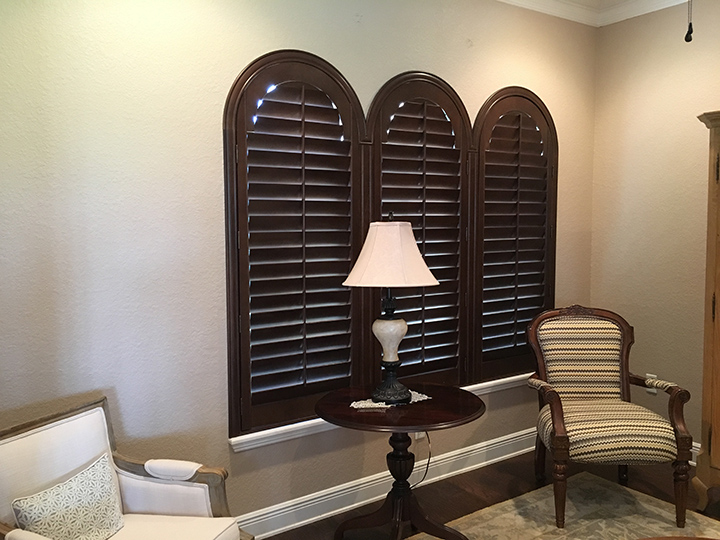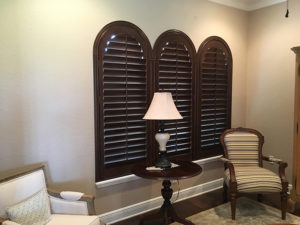
 Polyurethane or composite shutters are the normal types of window shutters that you will see advertised at a warehouse or a home improvement store. They have become popular recently because they offer many great benefits to your home such as increased privacy and saving money on your energy bill. But when compared to other types of shutters, they are not without their own disadvantages. The other most popular form of window shutters are wooden shutters, so what are the advantages and disadvantages to composite window shutters as opposed to their wooden counterparts?
Polyurethane or composite shutters are the normal types of window shutters that you will see advertised at a warehouse or a home improvement store. They have become popular recently because they offer many great benefits to your home such as increased privacy and saving money on your energy bill. But when compared to other types of shutters, they are not without their own disadvantages. The other most popular form of window shutters are wooden shutters, so what are the advantages and disadvantages to composite window shutters as opposed to their wooden counterparts?
Benefits of Composite Window Shutters
The most obvious reason that makes composite shutters a better choice to other window shutter options is the price. With composite window shutters, wildwood residents will often find that they are the most avoidable type of window shutters that they can get for their home. They are also slightly stronger than wooden shutters as they are light resistant and moisture resistant, two thing that can ruin wood if you are not careful. They will not warp or change color when they are exposed to the elements. They can also last as long if not longer than wooden materials used for window shutters.
Problems with Composite Window Shutters
Composite or polyurethane shutters lack in the ability to be customized. Many of then do not even come in any color other than white, which can be a problem for some people that want their fixtures to be aesthetically pleasing. With composite shutters, Wildwood residents should be aware that they are also heavier than their wooden counterparts. Weight is important because if something has too much weight on the window, it can cause it to not fit properly on the window area, and cause it to sag, bend, or fall out of the widow area in general.
*Disclaimer: The views expressed here are those of the authors and do not necessarily represent or reflect the views of Shutter Professionals*

